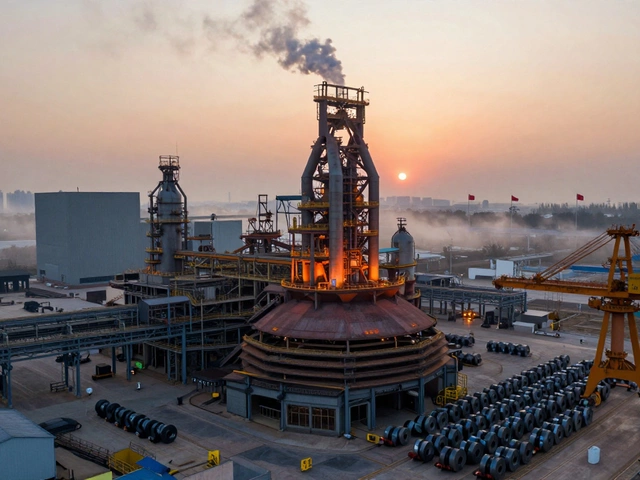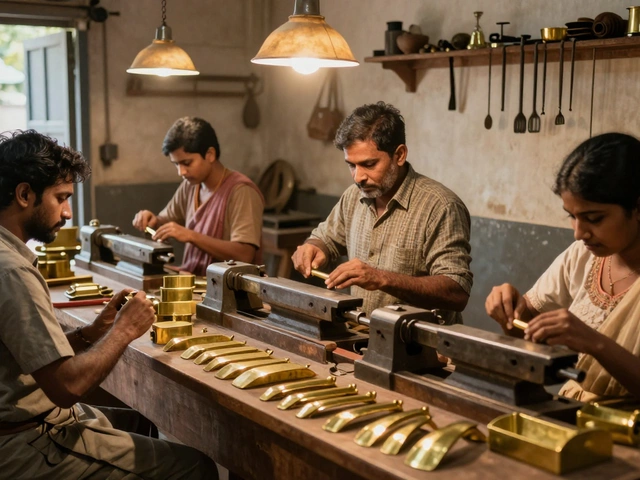Digital Transformation in Indian Manufacturing
Digital transformation isn’t a buzzword; it’s the engine that’s pushing factories from old‑school lines to smart, data‑driven hubs. In India, manufacturers are swapping paper logs for sensor feeds, manual quality checks for AI‑powered analysis, and isolated machines for cloud‑linked systems.
Key Technologies Driving Change
First up, the Internet of Things (IoT). Tiny sensors on CNC machines tell you temperature, vibration, and run‑time in real time. That data streams to a dashboard where managers can spot a wobble before it breaks a tool.
Next, artificial intelligence. AI models dig through months of production data to predict when a component will fail. The result? Less downtime and a smoother line.
Cloud computing ties everything together. Instead of keeping data on a local server, companies store it on scalable platforms that anyone with the right clearance can access. This makes remote monitoring and quick scaling a reality.
Finally, augmented reality (AR). Technicians wear AR glasses that overlay step‑by‑step instructions on the machine they’re repairing. Mistakes drop, training time shrinks, and the shop floor moves faster.
Practical Steps to Start Your Digital Journey
1. **Audit your current processes.** List every manual step, note where data gets entered, and identify bottlenecks. This gives you a clear map of where tech can help.
2. **Pick a pilot project.** Choose a machine or line that impacts revenue the most. Install sensors, collect data for a month, and test a simple AI model to predict downtime.
3. **Choose the right platform.** Look for cloud services that support IoT data, have built‑in analytics, and offer easy integration with existing ERP systems.
4. **Train your team.** Hold short workshops where operators learn to read dashboards and troubleshoot alerts. Involve them early so they own the change.
5. **Measure and iterate.** Track key metrics like overall equipment effectiveness (OEE), scrap rate, and energy use. If numbers improve, expand the system to other lines.
Common roadblocks include shaky internet connections and resistance from staff who fear automation will replace jobs. A reliable backup network and clear communication about how tech will assist—not replace—workers usually eases those concerns.
When digital tools start delivering faster cycle times and lower scrap, the payoff becomes obvious. Companies that adopt early see higher margins, better quality scores, and the ability to respond quickly to market changes.
Bottom line: digital transformation is a step‑by‑step upgrade, not a massive overnight overhaul. Start small, prove value, and let the data guide your next move. Your factory can become a smart, agile hub that keeps up with India’s rapid industrial growth.
Most Digitized Country in the World: What It Means for India's Electronics Manufacturing
Which country tops the list as the world's most digitized, and what does that really look like? This article breaks down what makes a nation highly digitized, how it impacts industries like electronics manufacturing, and where India stands in the global digital race. Expect real-life examples, interesting stats, and practical insights that matter for tech and business. You'll get a peek at how leading countries use digital tools to drive their industries, plus actionable ideas for manufacturers in India. If you care about the future of electronics and digital infrastructure, this is for you.
Read More




